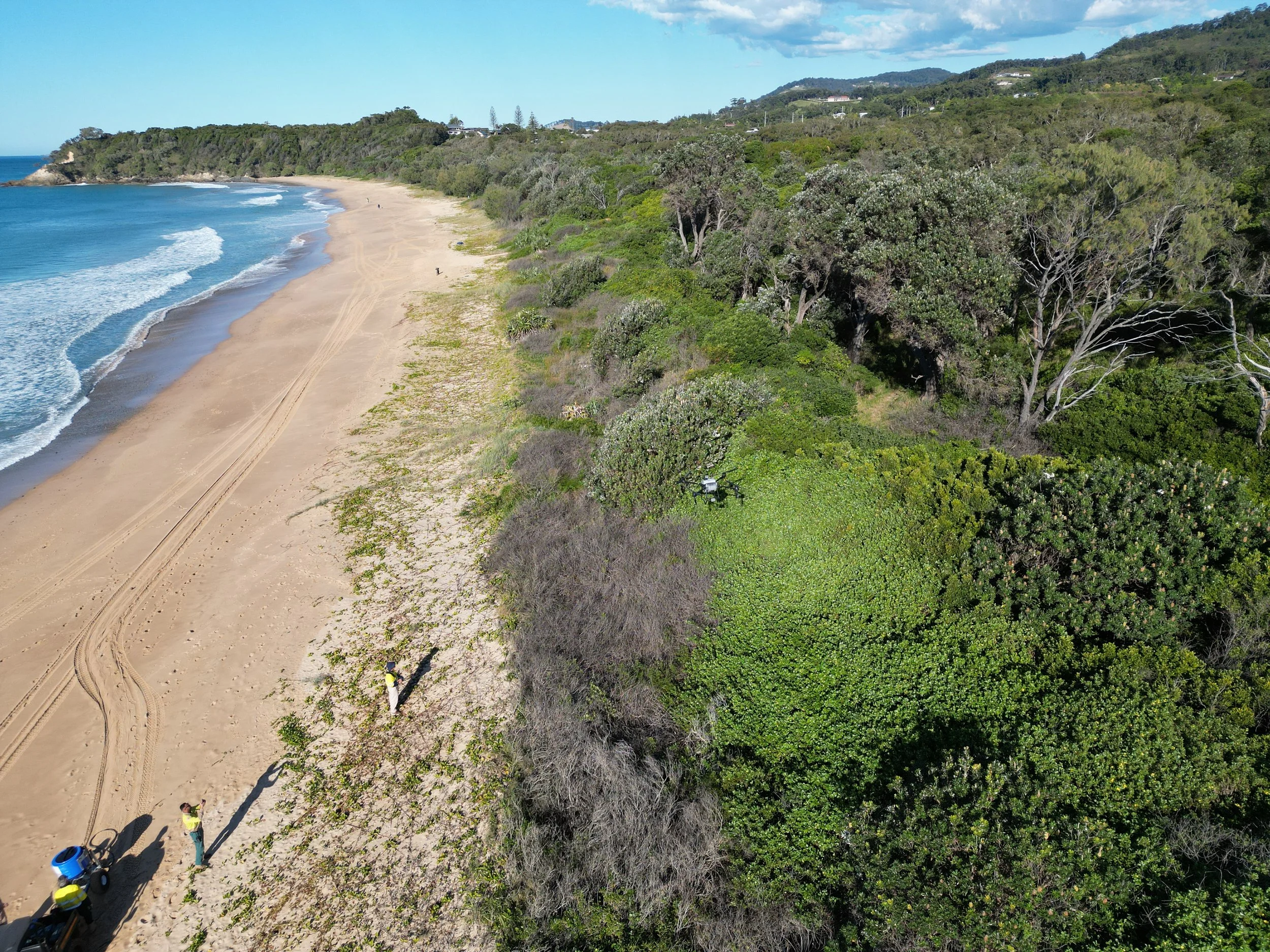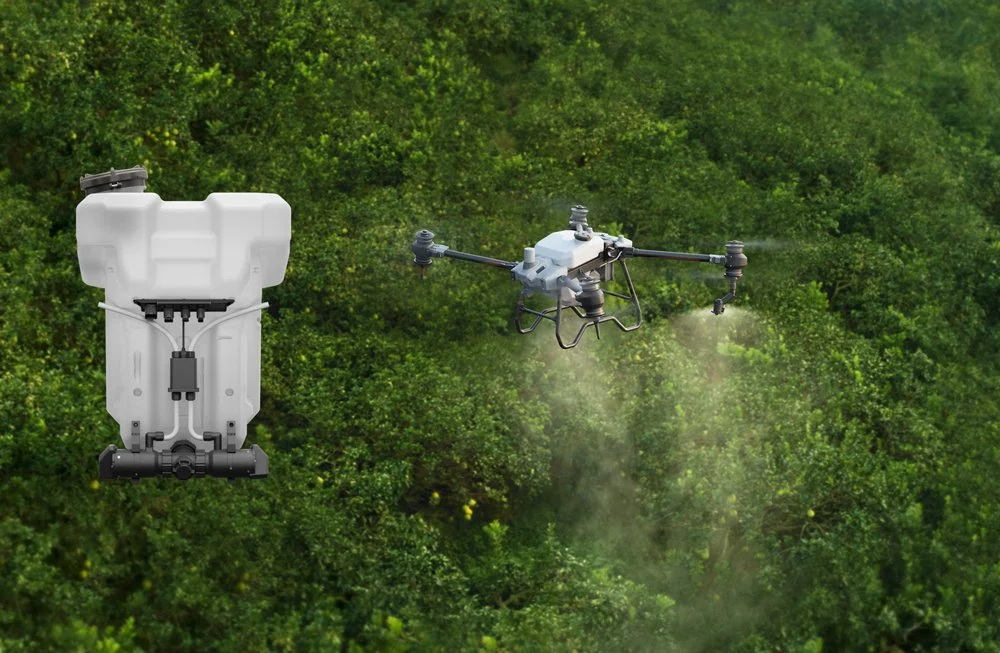
Trackz Drone Spraying solutions. Weed Control & Pasture Improvement.
Drone Spray Soloutions.
-

Weed Management.
Drone weed management technology is rapidly transforming agricultural practices in Australia. This cutting-edge approach utilises drones equipped with advanced imaging systems and precision spraying capabilities to identify and target invasive weed species efficiently.
The integration of hyperspectral imaging allows for the detection of specific plant varieties, enabling farmers and councils to differentiate between crops and unwanted weeds effectively. This technology not only enhances the accuracy of weed identification but also reduces the need for blanket herbicide applications, promoting more sustainable farming and council weed control practices.
With the ability to cover large areas quickly, drone weed management significantly reduces the time and labour required for manual weed control. These drones can apply herbicides directly to the targeted areas, minimising herbicide use and limiting environmental impact. Furthermore, this precision application contributes to cost savings for councils and farmers by reducing the quantity of chemicals needed and lowering operational costs.
As this technology continues to develop, its implementation represents a shift towards more environmentally conscious agriculture, crucial for the future of food production in Australia. By adopting drone weed management practices, farmers and councils can achieve effective weed control while supporting sustainable land use and enhancing crop yields.
-

Pasture Improvement.
Drone spraying technology has revolutionised pasture improvement in Australia, offering a precise, efficient solution for farmers looking to enhance their land. By utilising advanced drone systems, agricultural specialists can apply fertilisers, herbicides, and other necessary treatments uniformly across vast areas with minimal environmental impact.
One of the primary advantages of drone spraying for pasture improvement is the speed with which it can cover large paddocks. Traditional methods often require significant time and manpower, but drones can quickly survey and treat areas, significantly reducing labour costs and downtime. This operability is particularly beneficial during critical growth periods when timely interventions are essential for maximising yields.
Furthermore, drones are equipped with sophisticated sensors and mapping technologies that ensure accurate application rates. This precision helps to target specific areas of need while minimising waste and excess chemical use, aligning with sustainable agricultural practices. By employing drones for pasture management, farmers can promote healthier growth conditions, control invasive species, and improve overall pasture quality.
In addition to improving pasture health, drone spraying can facilitate monitoring and ongoing assessment. The integration of hyperspectral imaging capability allows farmers to gather detailed data about the health of their pasture. This information can inform future management decisions, enabling a proactive approach to pasture improvement and optimisation.
As the agricultural sector in Australia continues to embrace technological advances, drone spraying stands out as an innovative solution for efficient and effective pasture management. By investing in such technology, farmers can enhance productivity, ensure sustainability, and ultimately, achieve greater profitability in their operations.
-

Tethered Drone Applications.
Tethered drones have emerged as a revolutionary asset in the realm of agricultural spraying, particularly in high-risk areas. These drones operate while being physically connected to a power source via a tether, enabling safe operation without risk of flyaway. This capability is crucial in environments where operational safety and efficiency are paramount, such as airports or densely populated areas.
In high-risk agricultural zones, such as those affected by adverse weather conditions or around aerodromes, tethered drones provide numerous advantages. Their enhanced stability, allows for precise application of agrochemicals, ensuring both effectiveness and safety. Farmers can conduct spraying activities without the risks associated with ground-based machinery, which may be limited by rough terrain or other dangers.
Additionally, tethered drones facilitate real-time monitoring, allowing operators to assess crop health and identify areas requiring treatment. The integration of advanced sensors and imaging technologies further enhances their utility, enabling hyperspectral analysis and improved decision-making regarding pest management and fertilisation.
Furthermore, the operation of tethered drones can be remotely controlled, minimising the need for human presence in high-risk areas. This not only protects personnel from potential hazards but also ensures compliance with safety regulations that govern chemical applications in agriculture.
In summary, tethered drone technology offers a compelling solution for agricultural spraying in challenging conditions, combining safety, efficiency, and precision to promote sustainable farming practices and weed reductions around coastal area's while reducing risk to human operators and the environment.

